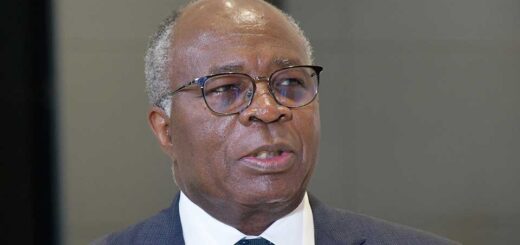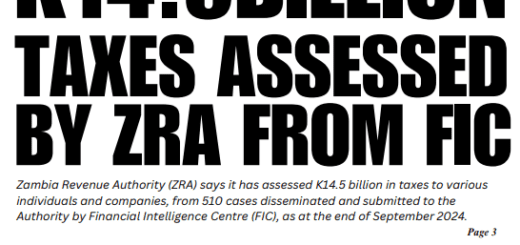Kwacha Expected to Continue Posting Losses This Week
An Economist says the current economic environment is not favorable enough to strengthen the Kwacha this week due to the persistent high US dollar demand against limited supply.
Speaking in an interview with Money FM News, Emmanuel Zulu noted that the demand for dollars is high because the country has continued to import power and ZESCO is planning to import more energy from neighboring countries to cushion the current deficit.
Mr. Zulu said this week, the Kwacha is still on the weaker side as nothing much is coming into the country in terms of investment flows that are supposed to cushion the depreciation.
“The factors that are influencing the foreign exchange or the performance of the Kwacha against the greenback are basically the demand and supply side. If we look at the prevailing economic environment at the moment, it is not favorable to the Kwacha in the sense that even now we are importing energy and ZESCO is planning to import more power from neighboring countries to supply the Zambian Economy.”
“That means they will require more dollars for them to do that so I think even as we are looking at this week, the Kwacha is still on the weaker side not much is coming in terms of investment flows that are supposed to cushion and if you look at the output in the mining sector, it hasn’t been very impressive to guarantee that probably we will have an inflow of forex,” Mr. Zulu noted.

Mr. Zulu added that the Kwacha will continue to trade on the weaker side and this situation may persist as long as the country does not increase production in the key economic sectors such as mining and earn the much-needed forex.
“We may see a bit of resilience but it will just be these interventions that the Central Bank is making in the market. Even as taxes fall due from the mines that pay in Dollars, probably we will see a bit of shift in favor of the Kwacha but it will be very minimal, we will still see the Kwacha coming back to the bearish mode.”
“So, the dollar will continue to be bullish even owing to the fact that even on the global scene there are speculations of oil market prices rising, this may also affect the demand for the dollar,” he added.
He further said this is the trend that is expected this week, and that the local unit will be trading between K26 and K27 to a dollar.
“There will be fluctuations in between which are normal due to dynamics in the market but there will be no major significant come back,” Mr. Zulu stated.
The local currency opened the market today trading at K26. 39 and K26.90, after closing yesterday’s trading session at K26.24 and K26.75 on the bid and offer respectively.








